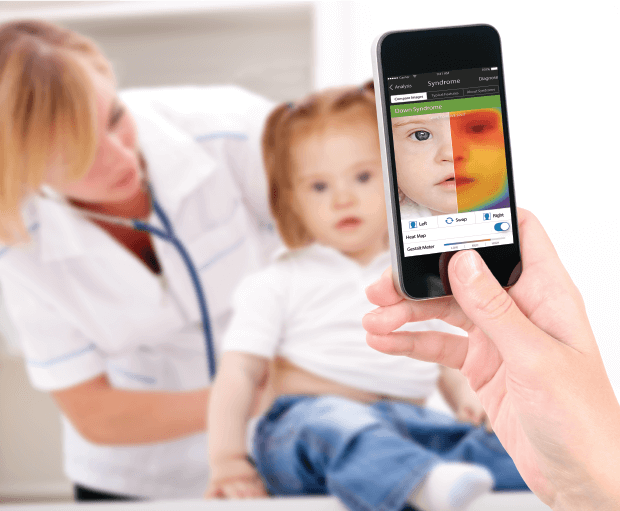Pregnancy After a Genetic Diagnosis
How do we plan for another pregnancy when we have a child with a genetic condition?
When planning a pregnancy after diagnosis, it is crucial to fully understand the cause of your first child’s genetic condition. Was their condition the result of a de novo gene mutation, or is it an inherited condition? If it is an inherited condition, how was it inherited- in an autosomal recessive or dominant pattern?
Understanding and answering these questions will determine how you approach a second or future pregnancy after having a child diagnosed with a genetic condition. And important to how you plan your prenatal and possible postnatal genetic testing.
My child’s genetic condition is the result of a de novo mutation
A de novo mutation in a gene usually occurs at some stage of the reproductive process and can neither be predicted nor prevented. It may only be diagnosed either by standard prenatal screening tests, which may indicate a problem, and then with more advanced testing, including amniocentesis or sampling from the placenta, or with newer screening tests from the Mother’s blood. De novo mutations may be responsible for many rare genetic conditions, but they are themselves rare and impossible to predict in future pregnancies. There is a minimal chance of having a mutation in germ cells (sperm or oocyte), so it is always a good idea to check with a genetic counselor.
My child’s genetic condition is the result of an autosomal recessive inherited disorder
In this case, both parents will be carriers of the mutated gene responsible for causing the disorder, but as they only both carry one copy of this gene, they will not show any symptoms of the syndrome. The chances of them having a child with a genetic condition relating to their mutated genes is 25%. If your child has a genetic condition inherited in an autosomal recessive pattern, you and your partner would require genetic testing to confirm this is the case. The next step would be genetic counseling to determine the risk of another child being born with the same condition. This would include checking with a genetic counselor to determine which test would be the most suitable to assure a healthy future or next pregnancy.
Examples of syndromes inherited in an autosomal recessive pattern include Apert syndrome and Tay-Sachs syndrome.
My child’s genetic condition is inherited in an autosomal dominant pattern
In this case, just one parent is the carrier of the mutated gene. One copy of the mutated gene is enough to cause a syndrome inherited in an autosomal dominant pattern. The chances of having another child with the same syndrome are 50%. If your child has a genetic condition inherited in an autosomal dominant pattern, you and your partner would require genetic testing to confirm this is the case. The next step would be genetic counseling to determine the risk of another child being born with the same condition.
Examples of syndromes inherited in an autosomal dominant pattern include Marfan syndrome and Treacher-Collins syndrome.
My child has an X-linked genetic condition
This means that the gene with mutations is located on an X-linked chromosome. Females have two x chromosomes, and males have just one and one chromosome. This means that x-linked genetic syndromes generally only affect males or affects them more severely, as one copy of the mutated gene on the x chromosome is enough to trigger the syndrome. On the other hand, females with two x chromosomes would need copies of the mutated gene on both to cause the same syndrome.
A female carrier has a 50% chance of passing on the mutated gene to her sons, which would mean they would be affected by the syndrome. She also has a 50% chance of passing the mutated gene to her daughters, who will become carriers.
A male carrier has a 100% chance of passing the mutated gene on to his daughters, making them all carriers. He has a 0% chance of passing the mutated gene onto his sons because males pass their Y chromosome to their sons.
Examples of x-linked genetic syndromes include Fragile X syndrome and Fabry syndrome.
What are the genetic testing options available if we are planning to have another child?
1 – Genetic screening/testing of the parents
2 – Pre-implantation screening, IVF
3 – Standard prenatal genetic testing
4 – More advanced testing- amniocentesis, NIPT
5 – Genetic analysis and testing of the child once born
Before planning another child, your family must undergo the process of genetic counseling before embarking on prenatal genetic testing to understand the risks involved fully and to help you plan a healthy pregnancy.








